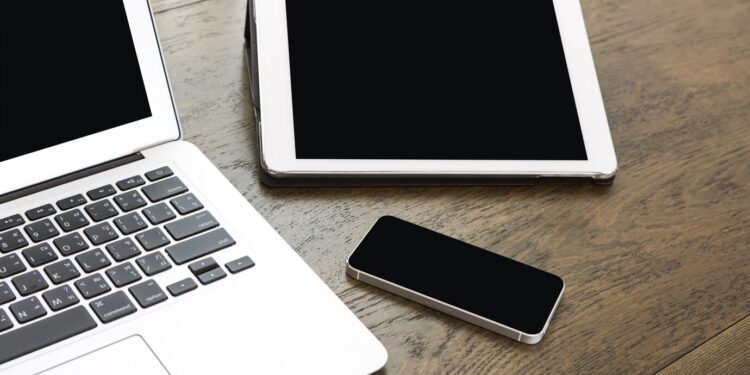Washington D.C., April 2025 – In a surprising policy twist, the Trump administration has temporarily exempted smartphones, computers, and other key electronics from its latest round of sweeping tariffs on Chinese imports. The move, announced by U.S. Customs and Border Protection, has offered a sigh of relief to tech manufacturers and consumers alike, though analysts warn the respite may be short-lived.
The announcement comes amid heightened trade tensions between Washington and Beijing, with President Donald Trump introducing a broad 125% tariff increase on a wide range of Chinese products earlier this month. The decision to shield mobile phones and laptops from immediate duty hikes was seen as a tactical concession to avoid jolting the tech sector, which has already been dealing with global supply chain pressures.
Tariff Relief, But With Caveats
The exemption applies to smartphones, computers, and select electronic components that were previously on the tariff list. While this has prevented an immediate spike in consumer electronics prices, the White House clarified that these items remain subject to existing 20% tariffs introduced in an earlier wave of trade measures.
In a statement, President Trump reiterated that the exemptions were “temporary and conditional,” hinting at possible future tariffs targeting the semiconductor and tech hardware industries. Commerce Secretary Howard Lutnick confirmed that a new round of sector-specific tariffs is under review and could be rolled out in the coming months.
Market Reacts Positively—For Now
Wall Street responded with cautious optimism. Tech stocks, particularly those with high exposure to Chinese manufacturing, saw a modest bump following the exemption announcement. Apple’s stock jumped nearly 3% in after-hours trading, with investors relieved that the iPhone and MacBook lines would escape immediate cost pressures.
However, financial analysts warned that volatility remains high given the ongoing uncertainty around trade policy. “Markets are reacting to short-term relief, but the long-term direction of this trade strategy is still unclear,” said a senior economist at Wells Fargo. “Investors are now watching to see whether this exemption is a one-time olive branch or part of a bigger realignment.”
Industry Voices Weigh In
For tech manufacturers and retailers, the tariff exemption has offered breathing room—but not without strings attached. Several firms are reportedly reviewing their supply chain strategies, with increased interest in shifting production to Southeast Asia and India to hedge against further trade disruptions.
“While this is a positive step, the unpredictability of policy changes makes long-term planning extremely difficult,” said a spokesperson from the Consumer Technology Association. “Companies are looking for clarity, not just relief.”
Retailers, too, have been adjusting their strategies. Best Buy and Target issued internal memos noting that while price hikes are currently off the table for laptops and phones, they remain cautious given the looming risk of future duties.
International Response: China Calls for Full Tariff Rollback
Across the Pacific, China welcomed the exemption but called it insufficient. In a statement issued by its Ministry of Commerce, the Chinese government urged the U.S. to completely roll back tariffs and return to a framework of constructive dialogue.
Beijing maintains that unilateral tariffs disrupt global trade, hurt both economies, and set a dangerous precedent in international commerce. Officials stopped short of announcing countermeasures, but sources close to the matter suggest that China is preparing its own list of retaliatory tariffs, depending on how the next phase of U.S. duties unfolds.
What Comes Next?
The Trump administration’s decision to delay tariffs on smartphones and computers may help ease short-term market anxieties, but it does little to resolve the broader strategic deadlock between the world’s two largest economies.
Industry insiders believe the exemption was timed to cushion political and economic backlash at home, especially from voters and retailers concerned about rising consumer prices. But with the 2025 election cycle heating up, trade policy is once again at the centre of the political debate, and further announcements could be made with electoral calculations in mind.
In the meantime, tech giants, global investors, and consumers are left navigating a precarious middle ground—one where temporary relief offers little certainty, and where the next tariff announcement could once again reshape the economic landscape.
Smartphones and computers may have dodged a bullet—for now. But as trade tensions simmer and policies shift, the tech sector’s uneasy dance with tariffs is far from over.










